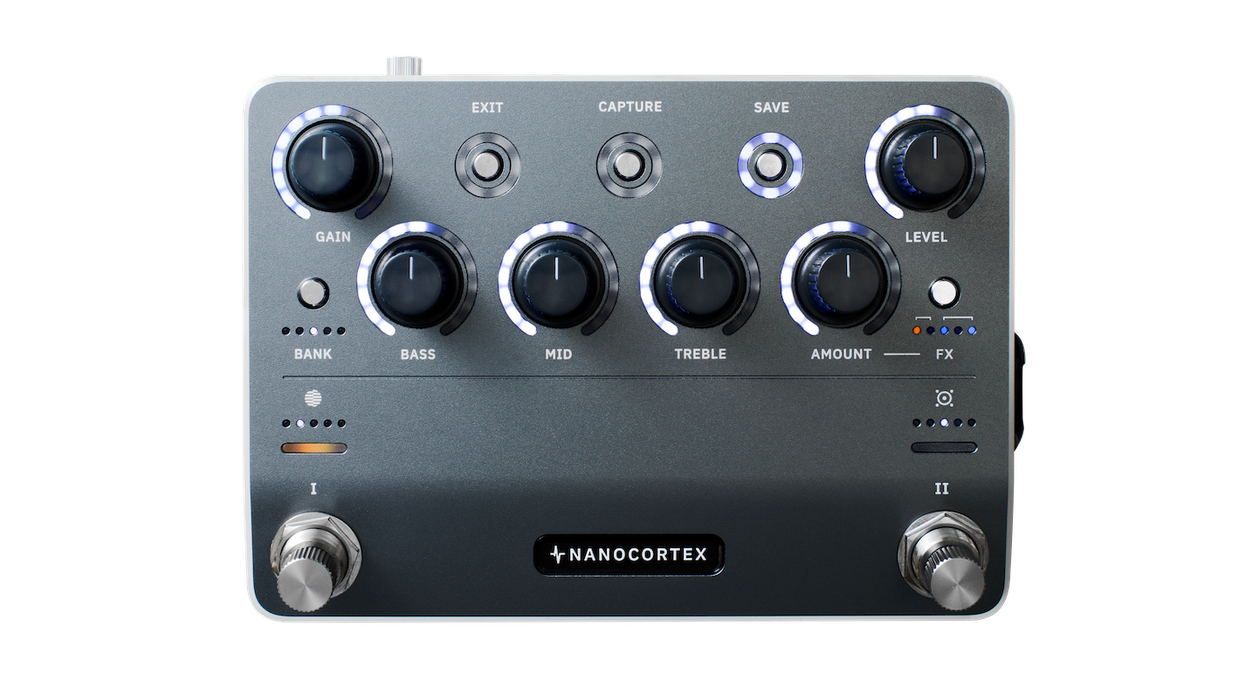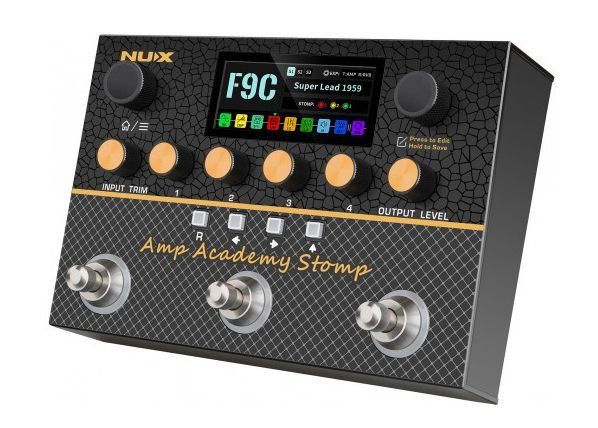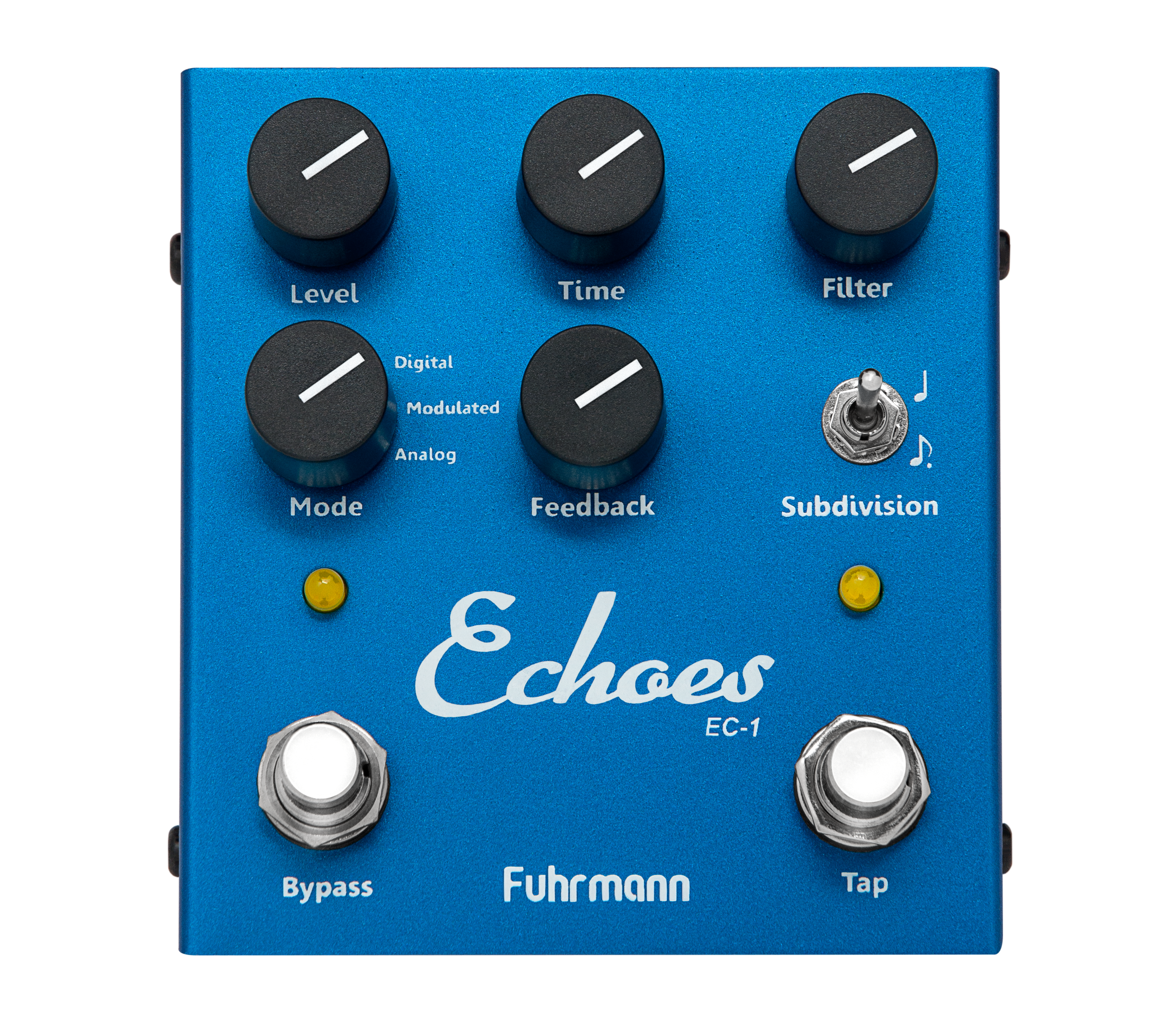Save for a few notable (usually expensive) exceptions, acoustic amplifiers are rarely beautiful in a way that matches the intrinsic loveliness of an acoustic flattop. I’ve certainly seen companies try—usually by using brown-colored vinyl to convey … earthiness? Don’t get me wrong, a lot of these amps sound great and even look okay. But the bar for aesthetics, in my admittedly snotty opinion, remains rather low. So, my hat’s off to Taylor for clearing that bar so decisively and with such style. The Circa 74 is, indeed, a pretty piece of work that’s forgiving to work with, ease to use, streamlined, and sharp.
Boxing Beyond Utility
Any discussion of trees or wood with Bob Taylor is a gas, and highly instructive. He loves the stuff and has dabbled before in amplifier designs that made wood an integral feature, rather than just trim. But the Circa 74 is more than just an aesthetic exercise. Because the Taylor gang started to think in a relatively unorthodox way about acoustic sound amplification—eschewing the notion that flat frequency response is the only path to attractive acoustic tone.
I completely get this. I kind of hate flat-response speakers. I hate nice monitors. We used to have a joke at a studio I frequented about a pair of monitors that often made us feel angry and agitated. Except that they really did. Flat sound can be flat-out exhausting and lame. What brings me happiness is listening to Lee “Scratch” Perry—loud—on a lazy Sunday on my secondhand ’70s Klipsch speakers. One kind of listening is like staring at a sun-dappled summer garden gone to riot with flowers. The other sometimes feels like a stale cheese sandwich delivered by robot.
The idea that live acoustic music—and all its best, earthy nuances—can be successfully communicated via a system that imparts its own color is naturally at odds with acoustic culture’s ethos of organic-ness, authenticity, and directness. But where does purity end and begin in an amplified acoustic signal? An undersaddle pickup isn’t made of wood. A PA with flat-response speakers didn’t grow in a forest. So why not build an amp with color—the kind of color that makes listening to music a pleasure and not a chore?
To some extent, that question became the design brief that drove the evolution of the Circa 74. Not coincidentally, the Circa 74 feels as effortless to use as a familiar old hi-fi. It has none of the little buttons for phase correction that make me anxious every time I see one. There’s two channels: one with an XLR/1/4" combo input, which serves as the vocal channel if you are a singer; another with a 1/4" input for your instrument. Each channel consists of just five controls—level, bass, middle, and treble EQ, and a reverb. An 11th chickenhead knob just beneath the jewel lamp governs the master output. That’s it, if you don’t include the Bluetooth pairing button and 1/8" jacks for auxiliary sound sources and headphones. Power, by the way, is rated at 150 watts. That pours forth through a 10" speaker.Pretty in Practice
I don’t want to get carried away with the experiential and aesthetic aspects of the Circa 74. It’s an amplifier with a job to do, after all. But I had fun setting it up—finding a visually harmonious place among a few old black-panel Fender amps and tweed cabinets, where it looked very much at home, and in many respects equally timeless.
Plugging in a vocal mic and getting a balance with my guitar happened in what felt like 60 seconds. Better still, the sound that came from the Circa 74, including an exceedingly croaky, flu-addled human voice, sounded natural and un-abrasive. The Circa 74 isn’t beyond needing an assist. Getting the most accurate picture of a J-45 with a dual-source pickup meant using both the treble and midrange in the lower third of their range. Anything brighter sounded brash. A darker, all-mahogany 00, however, preferred a scooped EQ profile with the treble well into the middle of its range. You still have to do the work of overcoming classic amplification problems like extra-present high mids and boxiness. But the fixes come fast, easily, and intuitively. The sound may not suggest listening to an audiophile copy of Abbey Road, as some discussions of the amp would lead you to expect. But there is a cohesiveness, particularly in the low midrange, that does give it the feel of something mixed, even produced, but still quite organic.
The Verdict
Taylor got one thing right: The aesthetic appeal of the Circa 74 has a way of compelling you to play and sing. Well, actually, they got a bunch of things right. The EQ is responsive and makes it easy to achieve a warm representation of your acoustic, no matter what its tone signature. It’s also genuinely attractive. It’s not perfectly accurate. Instead, it’s rich in low-mid resonance and responsive to treble-frequency tweaks—lending a glow not a million miles away from a soothing home stereo. I think that approach to acoustic amplification is as valid as the quest for transparency. I’m excited to see how that thinking evolves, and how Taylor responds to their discoveries.































